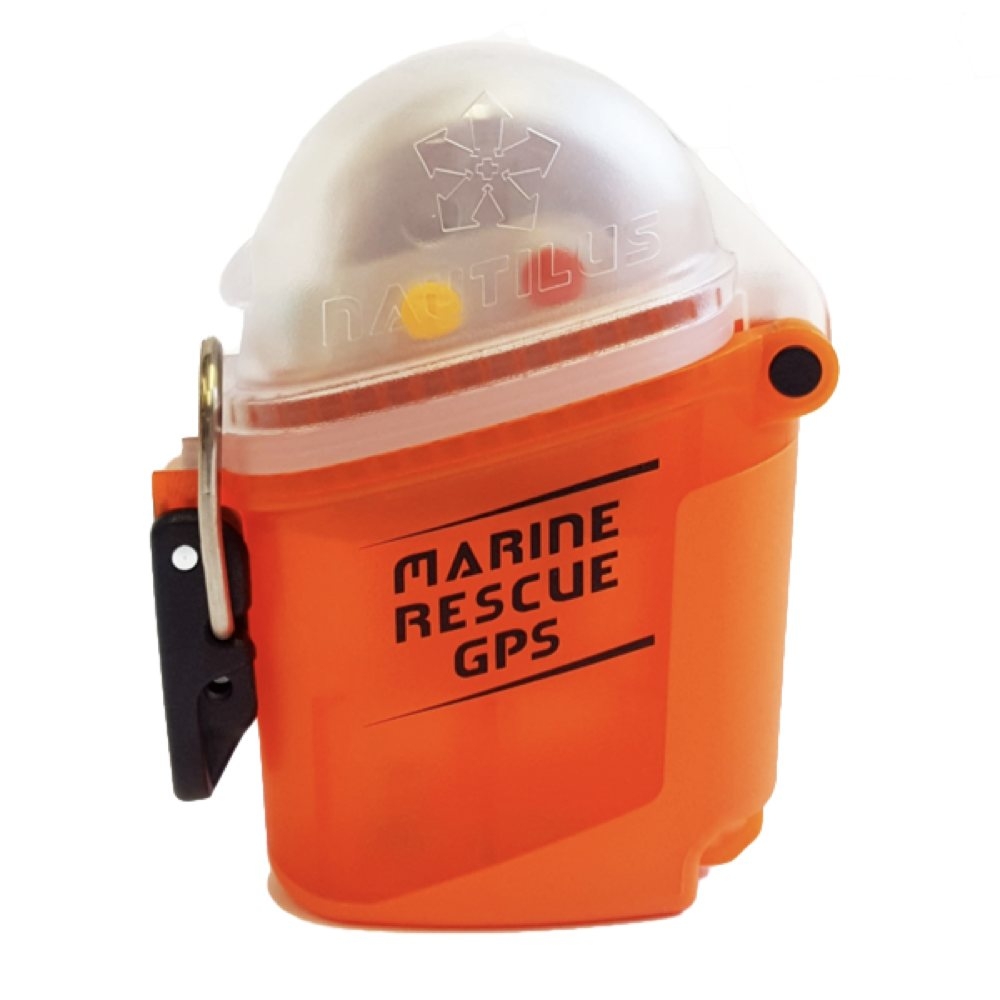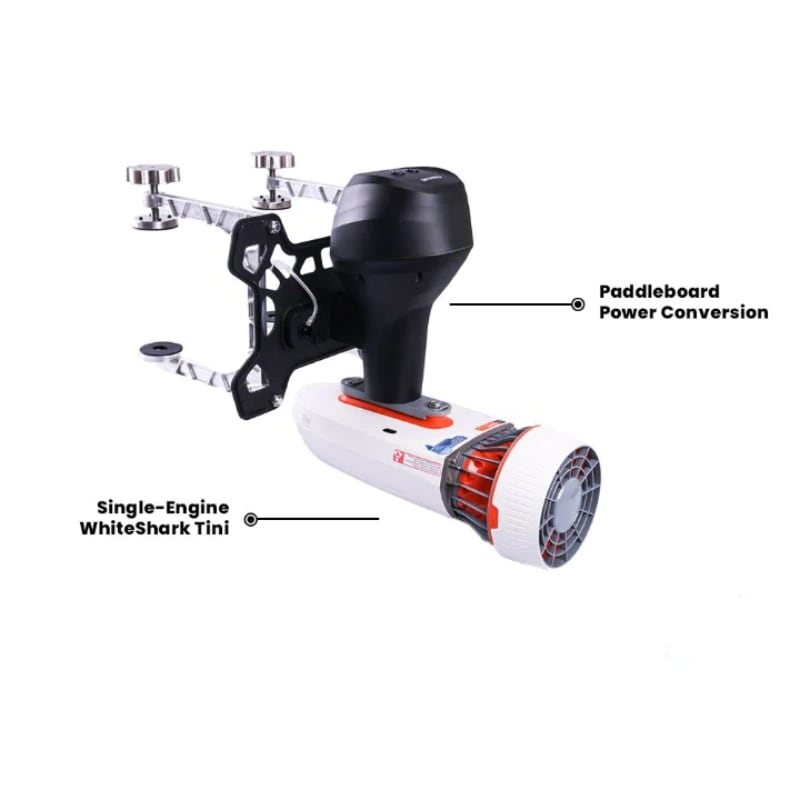- Home
- Directory
- Shop
- Underwater Cameras - Photographic Accessories
- Smartphone Housings
- Sea Scooters
- Hookah Dive Systems
- Underwater Metal Detectors
- Dive Gear
- Dive Accessories
- Diving DVD & Blu-Ray Discs
- Diving Books
- Underwater Drones
- Drones
- Subscriptions - Magazines
- Protective Cases
- Corrective Lenses
- Dive Wear
- Underwater Membership
- Assistive Technology - NDIS
- On Sale
- Underwater Gift Cards
- Underwater Art
- Power Stations
- Underwater Bargain Bin
- Brands
- 10bar
- AOI
- AquaTech
- AxisGo
- Backscatter Underwater Video and Photo
- BLU3
- Cayago
- Chasing
- Cinebags
- Digipower
- DJI
- Dyron
- Edge Smart Drive
- Eneloop
- Energizer
- Exotech Innovations
- Fantasea
- Fotocore
- Garmin
- Geneinno
- GoPro
- Hagul
- Hydro Sapiens
- Hydrotac
- Ikelite
- Indigo Industries
- Inon
- Insta360
- Intova
- Isotta Housings
- Jobe
- JOBY
- Kraken Sports
- LEFEET
- Mirage Dive
- Nautica Seascooters
- Nautilus Lifeline
- NautiSmart
- Nitecore
- Nokta Makro
- Oceanic
- Olympus
- OM System
- Orca Torch
- Paralenz
- PowerDive
- QYSEA
- Scubajet
- Scubalamp
- Sea & Sea
- SeaDoo Seascooter
- SeaLife
- Seavu
- Shark Shield
- Sherwood Scuba
- Spare Air
- StickTite
- Sublue
- Suunto
- SwellPro
- T-HOUSING
- Tusa
- U.N Photographics
- Venture Heat
- XTAR
- Yamaha Seascooter
- Youcan Robot
Restoring a Fishery - With Dugongs
Contributed by Tim Hochgrebe

In an imaginative approach to fisheries renewal a Thai scientist is using the dugong as the centerpiece of his campaign to restore fishing livelihoods and coastal ecosystems.
Julian Cribb reports.
For ten years biologist Pisit Charnsnoh has battled to save the dugong from extinction in Thailand's coastal waters. As he sees it, the dugong's decline and the hardships suffered by small fishing villages along the Thai peninsula stem from the same problem: the loss of coastal ecosystems.
His imaginative remedy is to teach the villagers to know and love the dugong, then involve them in local projects to restore its coastal habitat, for the benefit of the dugong itself, other marine species and the people who make their living from the sea. For this project that is bringing benefits to the environment and local people alike, Pisit Charnsnoh was chosen as an Associate Laureate of the Rolex Awards for Enterprise 2004.
Charnsnoh graduated from Khon-Khaen University in 1969, determined to use his newly acquired knowledge to help Thailand's rural poor. 'I didn't want to work in a government office,' he says. 'I wanted to work with the local people.'
In 1985 he moved south with his family to his wife's home village on the Andaman Sea coast of Trang Province. There, he founded his own environmental organisation, the Yadfon (Raindrop) Association. Yadfon's first initiative was to involve fishing communities in restoring a 94-hectare mangrove forest. In the past 50 years, half of Thailand's mangrove forests have been destroyed, for timber or charcoal production or to make room for prawn farms.
Mangrove forests are vital elements of the ecosystems of the world's coastal areas. By trapping nutrient-rich sediments from coastal rivers and streams, mangroves sustain diverse communities of fish and crustaceans. Loss of the mangroves increases sediment and nutrient inflows into coastal waters, upsetting the delicate balance of a complex ecosystem.
In southern Thailand's clear inshore waters beyond the mangrove zone, sunlight fuels the growth of lush seagrass pastures for grazing dugongs. They also provide food and habitat for the fish, crabs, prawns and molluscs that feed and sustain the economies of the local fishing villages. By absorbing residual nutrients, seagrass also protects nearby coral reefs against overgrowth by algae, creating the opportunity for tourism. But large trawlers fishing illegally in the inshore zone have scoured the seabed, destroying seagrass and clouding the water. The loss of the seagrass meadows, combined with treacherous floating gill nets, has taken a heavy toll on the dugong.
The dugong, Dugong dugon, is one of three surviving species of an ancient group of marine mammals, the Sirenia. Exclusively herbivorous, dugongs grow to 3.5 metres, weigh 400 kilograms, and can live for up to 70 years. Females do not breed until their second decade, pregnancy lasts 13 months and the young may suckle for two years. To maintain a stable population, 95 per cent of adults must survive each year.
Between 1979 and 1998, 75 dead dugongs washed up on the southern Thailand Coast - probably a fraction of the real toll. Most had drowned in gill nets. A few were killed by large fishing boats or tourist vessels; others probably succumbed to stress or starvation caused by noise, pollution and habitat destruction.
For the past 10 years, Charnsnoh and his five Yadfon staff have been working with villagers to replant Trang Province's mangrove forests. 'The mangrove forests were in poor condition, so people asked the government for permission to manage them,' says Charnsnoh. 'Compared with nearby mangrove forests managed by the government, they're getting better and better. People are happy with these activities, and they're also protecting the seagrass meadows in front of the mangrove forests, because they have learned from our seminars that large areas of seagrass bring them more fish and crabs.'
Villagers now mark out the seagrass pastures to keep commercial fishing boats out - fishing is still permitted, but destructive practices like push-netting are forbidden. Dugong numbers are increasing in the restored areas.
The dugong has become a symbol of the improving coastal environment of Trang Province but, for Charnsnoh, it is also a practical instrument for protecting the coastal environment and improving people's lives.
Thai bureaucracy shows scant interest in the plight of coastal communities because poverty is common in the region. But it heeds requests to protect the vulnerable dugong - it is protected by four pieces of national legislation and Thailand's signature on the Convention on International Trade in Endangered Species (CITES). So Charnsnoh has chosen the large marine mammal as the flagship for his two-year campaign to take Yadfon's conservation message to eight other Thai provinces where dugongs survive.
He will use his Rolex Award to fund the campaign that aims to reach 15,600 villagers in 52 fishing communities and 5,800 students in schools and colleges. He plans to establish a national network of community groups and non-government associations that will work with government agencies to develop projects to protect mangroves and local seagrass beds for the dugongs benefit. He will use workshops and lectures by dugong experts to make villagers, students and the public aware of the dugong's plight.
'We help people to understand and love the dugong,' says Charnsnoh. 'They are then motivated to protect its habitat, and as the habitat improves, the number of fish increases, and so people earn more income.'
The Rolex Awards
The Rolex Awards for Enterprise aim to encourage a spirit of enterprise in visionary individuals around the world, providing the financial support and recognition for projects that advance human knowledge and well-being.
The Awards are presented every two years in five areas: Science and Medicine, Technology and Innovation, Exploration and Discovery, The Environment and Cultural Heritage. However a project may be submitted in almost any field of endeavour, provided it contributes to the betterment of humankind. Anyone of any age, from any country or background is eligible to apply for an award.
Five Laureates, those who present the most exceptional projects, each receive US$100,000 and a specially inscribed, gold Rolex chronometer at an official awards ceremony. Five runners-up, the Associate Laureates, each receive $US35,000 as well as a steel-and-gold Rolex chronometer.
The 2004 Rolex Laureates are:
- Lonnie Dupre, USA
- Claudia Feh, France
- David Lordkipanidze, Georgia
- Teresa Manera de Bianco, Argentina
- Kikuo Morimoto, Japan
Applications for the 2006 Rolex Awards are now open and Australian applications are encouraged. Anyone may apply.
Information about the awards: www.rolexawards.com
Application kits from: ph 02 9251 8988.
Shopfront
-
 T-Housing DOME1 Aluminium Housing for Insta360 ONE R 1-inch
T-Housing DOME1 Aluminium Housing for Insta360 ONE R 1-inch
- Price A$ 499.00
-
 AOI UH-EM10IV Underwater Housing for Olympus EM-10 IV
AOI UH-EM10IV Underwater Housing for Olympus EM-10 IV
- Price A$ 1,189.00
-
 AquaTech EDGE Pro Camera Water Housings - Canon EOS mirrorless
AquaTech EDGE Pro Camera Water Housings - Canon EOS mirrorless
- Price A$ 2,149.00
-
 GoPro HERO13 Black Action Video Camera
GoPro HERO13 Black Action Video Camera
- Price A$ 649.00
-
 Nautilus Lifeline Marine Rescue GPS - nexGen
Nautilus Lifeline Marine Rescue GPS - nexGen
- Price A$ 439.00
-
 Inon S-220 Underwater Strobe
Inon S-220 Underwater Strobe
- Price A$ 749.00
-
 Scubalamp V6k V3 Movie Grade Photo/Video Light - 12,000 lumens
Scubalamp V6k V3 Movie Grade Photo/Video Light - 12,000 lumens
- Price A$ 899.00
In the Directory

 Local Dive Thailand
Local Dive Thailand
Phuket's local scuba diving experts. A great blend of Thai local knowledge and European professionalism that equals a superb dive experience with the most knowledgeable guides and instructors




















